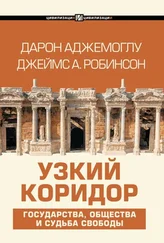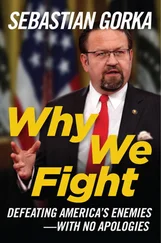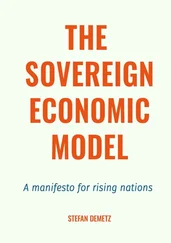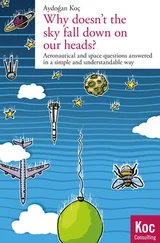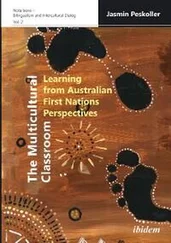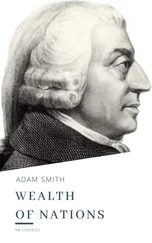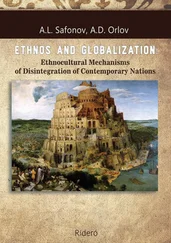What could the Cables do? Not much, according to English or British law. Even though in 1787, Britain had inclusive political and economic institutions, this inclusiveness did not extend to convicts, who had practically no rights. They could not own property. They could certainly not sue anyone in court. In fact, they could not even give evidence in court. Sinclair knew this and probably stole the parcel. Though he would never admit it, he did boast that he could not be sued by the Cables. He was right according to British law. And in Britain the whole affair would have ended there. But not in Australia. A writ was issued to David Collins, the judge advocate there, as follows:
Whereas Henry Cable and his wife, new settlers of this place, had before they left England a certain parcel shipped on board the Alexander transport Duncan Sinclair Master, consisting of cloaths and several other articles suitable for their present situation, which were collected and bought at the expence of many charitable disposed persons for the use of the said Henry Cable, his wife and child. Several applications has been made for the express purpose of obtaining the said parcel from the Master of the Alexander now lying at this port, and that without effect (save and except) a small part of the said parcel containing a few books, the residue and remainder, which is of a more considerable value still remains on board the said ship Alexander, the Master of which, seems to be very neglectfull in not causing the same to be delivered, to its respective owners as aforesaid.
Henry and Susannah, since they were both illiterate, could not sign the writ and just put their “crosses” at the bottom. The words “new settlers of this place” were later crossed out, but were highly significant. Someone anticipated that if Henry Cable and his wife were described as convicts, the case would have no hope of proceeding. Someone had come up instead with the idea of calling them new settlers. This was probably a bit too much for Judge Collins to take, and most likely he was the one who had these words struck out. But the writ worked. Collins did not throw out the case, and convened the court, with a jury entirely made up of soldiers. Sinclair was called before the court. Though Collins was less than enthusiastic about the case, and the jury was composed of the people sent to Australia to guard convicts such as the Cables, the Cables won. Sinclair contested the whole affair on the grounds that the Cables were criminals. But the verdict stood, and he had to pay fifteen pounds.
To reach this verdict Judge Collins didn’t apply British law; he ignored it. This was the first civil case adjudicated in Australia. The first criminal case would have appeared equally bizarre to those in Britain. A convict was found guilty of stealing another convict’s bread, which was worth two pence. At the time, such a case would not have come to court, since convicts were not allowed to own anything. Australia was not Britain, and its law would not be just British. And Australia would soon diverge from Britain in criminal and civil law as well as in a host of economic and political institutions.
The penal colony of New South Wales initially consisted of the convicts and their guards, mostly soldiers. There were few “free settlers” in Australia until the 1820s, and the transportation of convicts, though it stopped in New South Wales in 1840, continued until 1868 in Western Australia. Convicts had to perform “compulsory work,” essentially just another name for forced labor, and the guards intended to make money out of it. Initially the convicts had no pay. They were given only food in return for the labor they performed. The guards kept what they produced. But this system, like the ones with which the Virginia Company experimented in Jamestown, did not work very well, because convicts did not have the incentives to work hard or do good work. They were lashed or banished to Norfolk Island, just thirteen square miles of territory situated more than one thousand miles east of Australia in the Pacific Ocean. But since neither banishing nor lashing worked, the alternative was to give them incentives. This was not a natural idea to the soldiers and guards. Convicts were convicts, and they were not supposed to sell their labor or own property. But in Australia there was nobody else to do the work. There were of course Aboriginals, possibly as many as one million at the time of the founding of New South Wales. But they were spread out over a vast continent, and their density in New South Wales was insufficient for the creation of an economy based on their exploitation. There was no Latin American option in Australia. The guards thus embarked on a path that would ultimately lead to institutions that were even more inclusive than those back in Britain. Convicts were given a set of tasks to do, and if they had extra time, they could work for themselves and sell what they produced.
The guards also benefited from the convicts’ new economic freedoms. Production increased, and the guards set up monopolies to sell goods to the convicts. The most lucrative of these was for rum. New South Wales at this time, just like other British colonies, was run by a governor, appointed by the British government. In 1806 Britain appointed William Bligh, the man who seventeen years previously, in 1789, had been captain of the H.M.S. Bounty , during the famous “Mutiny on the Bounty .” Bligh was a strict disciplinarian, a trait that was probably largely responsible for the mutiny. His ways had not changed, and he immediately challenged the rum monopolists. This would lead to another mutiny, this time by the monopolists, led by a former soldier, John Macarthur. The events, which came to be known as the Rum Rebellion, again led to Bligh’s being overpowered by rebels, this time on land rather than aboard the Bounty . Macarthur had Bligh locked up. The British authorities subsequently sent more soldiers to deal with the rebellion. Macarthur was arrested and shipped back to Britain. But he was soon released, and he returned to Australia to play a major role in both the politics and economics of the colony.
The roots of the Rum Rebellion were economic. The strategy of giving the convicts incentives was making a lot of money for men such as Macarthur, who arrived in Australia as a soldier in the second group of ships that landed in 1790. In 1796 he resigned from the army to concentrate on business. By that time he already had his first sheep, and realized that there was a lot of money to be made in sheep farming and wool export. Inland from Sydney were the Blue Mountains, which were finally crossed in 1813, revealing vast expanses of open grassland on the other side. It was sheep heaven. Macarthur was soon the richest man in Australia, and he and his fellow sheep magnates became known as the Squatters, since the land on which they grazed their sheep was not theirs. It was owned by the British government. But at first this was a small detail. The Squatters were the elite of Australia, or, more appropriately, the Squattocracy.
Even with a squattocracy, New South Wales did not look anything like the absolutist regimes of Eastern Europe or of the South American colonies. There were no serfs as in Austria-Hungary and Russia, and no large indigenous populations to exploit as in Mexico and Peru. Instead, New South Wales was like Jamestown, Virginia, in many ways: the elite ultimately found it in their interest to create economic institutions that were significantly more inclusive than those in Austria-Hungary, Russia, Mexico, and Peru. Convicts were the only labor force, and the only way to incentivize them was to pay them wages for the work they were doing.
Convicts were soon allowed to become entrepreneurs and hire other convicts. More notably, they were even given land after completing their sentences, and they had all their rights restored. Some of them started to get rich, even the illiterate Henry Cable. By 1798 he owned a hotel called the Ramping Horse, and he also had a shop. He bought a ship and went into the trade of sealskins. By 1809 he owned at least nine farms of about 470 acres and also a number of shops and houses in Sydney.
Читать дальше


